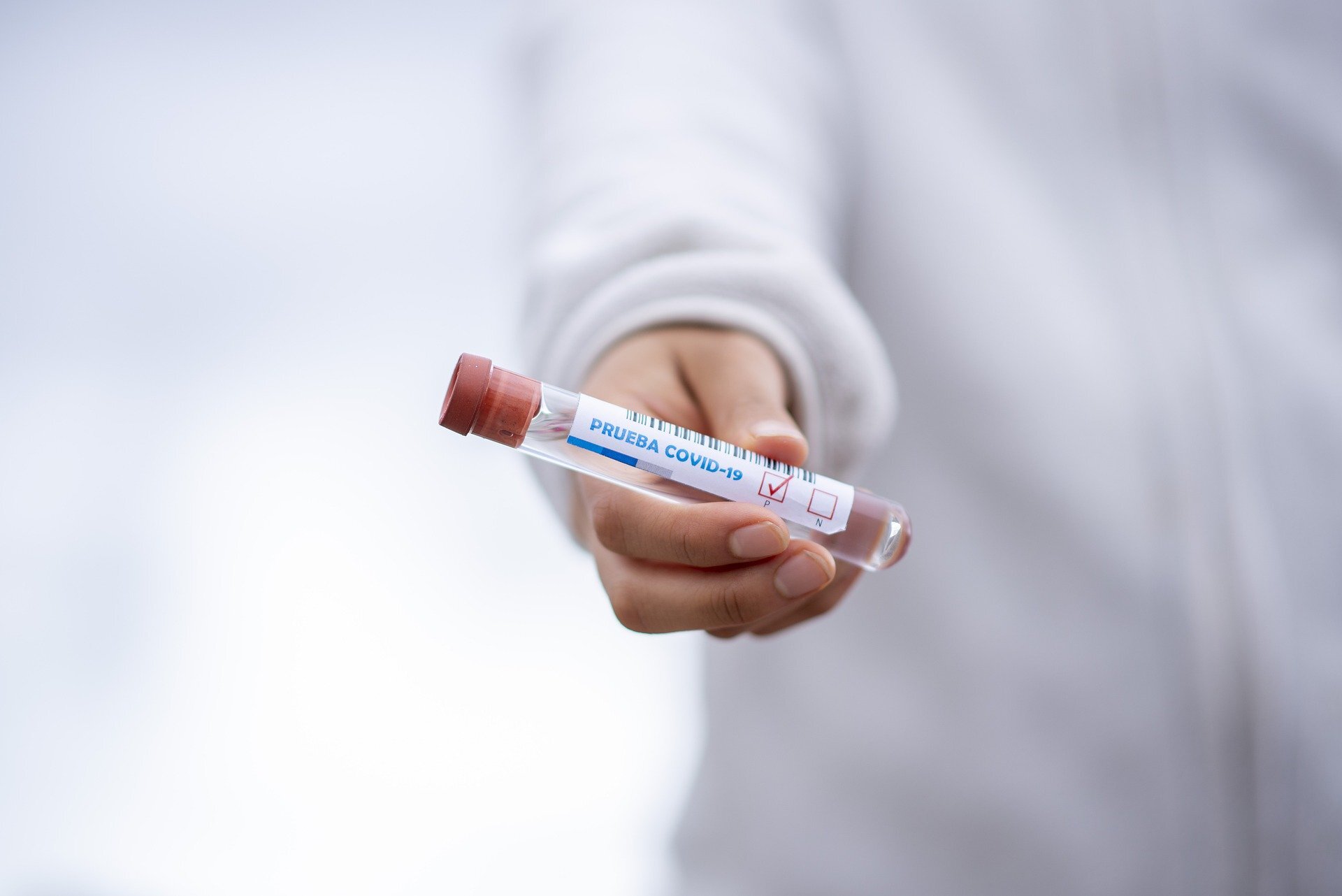#Two novel biobanks offer investigatory targets for cocaine and oxycodone addiction

“#Two novel biobanks offer investigatory targets for cocaine and oxycodone addiction”

A major hurdle to developing new and effective treatments for drug addiction is better understanding how exactly it manifests itself before, during and after chronic use. In a paper published online in the April 21, 2021 issue of the journal eNeuro, an international team of researchers led by scientists at University of California San Diego School of Medicine describe the creation of two unique collections of more than 20,000 biological samples collected from laboratory rats before, during and after chronic use of cocaine and oxycodone.
Developed by the Preclinical Addiction Research Consortium, located in the Department of Psychiatry at UC San Diego School of Medicine and at Skaggs School of Pharmacy and Pharmaceutical Sciences, the new cocaine and oxycodone biobanks include samples from 20 different organs, plus urine, blood and feces.
“To create new treatments for drug addiction, we need to better identify the biomarkers of addiction and the biological targets of therapy,” said senior author Olivier George, Ph.D., associate professor in the Department of Psychiatry. “These biobanks using an animal model help serve that purpose, providing deeper insight—and potential therapeutic targets—regarding the paths and pathologies of cocaine and oxycodone addiction.”
Cocaine is among the world’s most commonly used illicit drugs. In 2016, the National Survey on Drug Use and Health estimated approximately 2 million people age 12 and older in the United States were current users—a bit less than 1 percent of the total U.S. population. Fatal cocaine overdoses (in combination with an opioid) are rising, from 3,822 in 1999 to 15,883 in 2019.
Oxycodone is an opioid, a class of highly addictive drugs that also includes heroin, morphine and fentanyl. Opioid abuse is a major, ongoing public health crisis. In 2019, almost 71,000 drug overdose deaths occurred in the U.S.—more than 70 percent involving an opioid, according to the Centers for Disease Control and Prevention.
Finding new ways to treat and reduce addiction requires well-validated, long-term models of how cocaine and oxycodone impact and impair biological systems and functions. Researchers used a heterogeneous rat model that reflects the genetic diversity of humans and have been characterized as vulnerable or resistant to cocaine and oxycodone behaviors.
Biological samples were collected before exposure to drugs, during intoxication, during acute withdrawal and after protracted abstinence. These samples were compared against age-matched control animals never exposed to the drugs.
Samples from more than 1,000 animals were taken, including tissue from brains, kidneys, livers, spleen, ovary, testes and adrenal glands, and preserved in methods that will allow researchers to conduct a variety of future assessments, including epigenomics, neuroanatomy, microbiomics and biomarker discovery. The samples are freely available to non-profit research institutions at cocainebiobank.org or oxycodonebiobank.org.
Less addictive form of buprenorphine may help curb cocaine relapse
Lieselot LG Carrette et al. The cocaine and oxycodone biobanks, two repositories from genetically diverse and behaviorally characterized rats for the study of addiction, eneuro (2021). DOI: 10.1523/ENEURO.0033-21.2021
Citation:
Two novel biobanks offer investigatory targets for cocaine and oxycodone addiction (2021, April 26)
retrieved 26 April 2021
from https://medicalxpress.com/news/2021-04-biobanks-investigatory-cocaine-oxycodone-addiction.html
This document is subject to copyright. Apart from any fair dealing for the purpose of private study or research, no
part may be reproduced without the written permission. The content is provided for information purposes only.
If you liked the article, do not forget to share it with your friends. Follow us on Google News too, click on the star and choose us from your favorites.
For forums sites go to Forum.BuradaBiliyorum.Com
If you want to read more Like this articles, you can visit our Science category.


